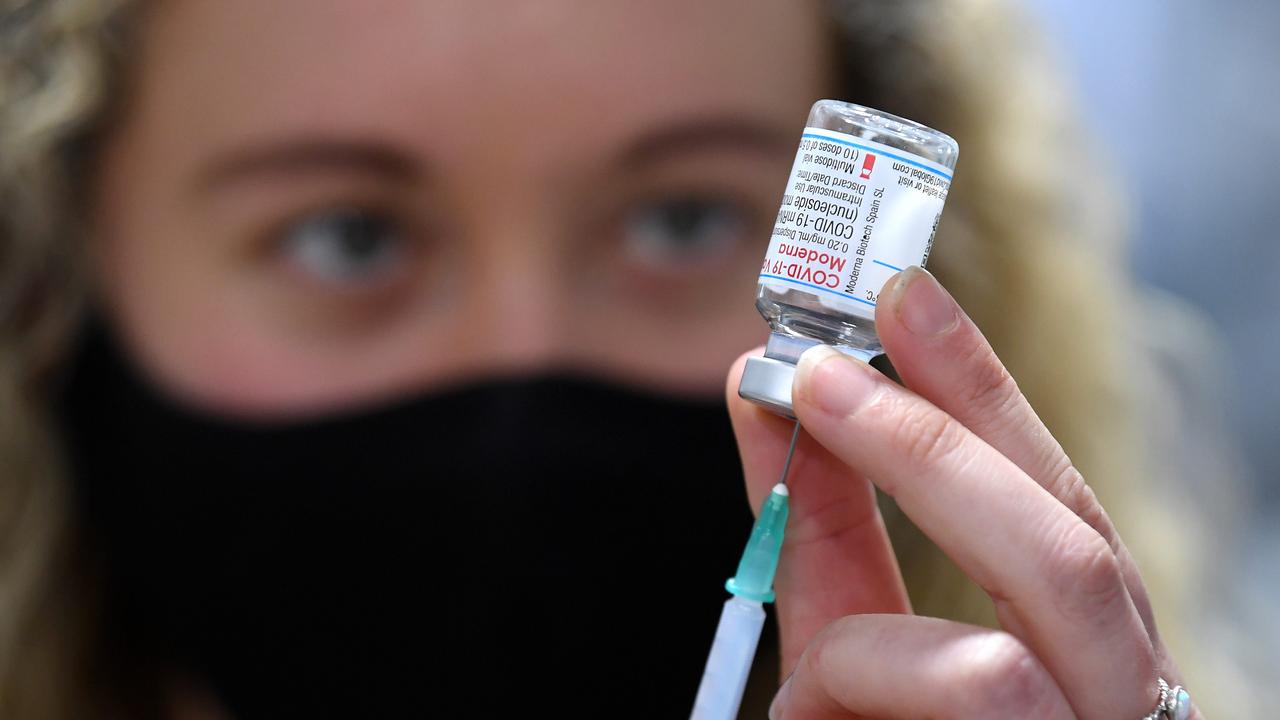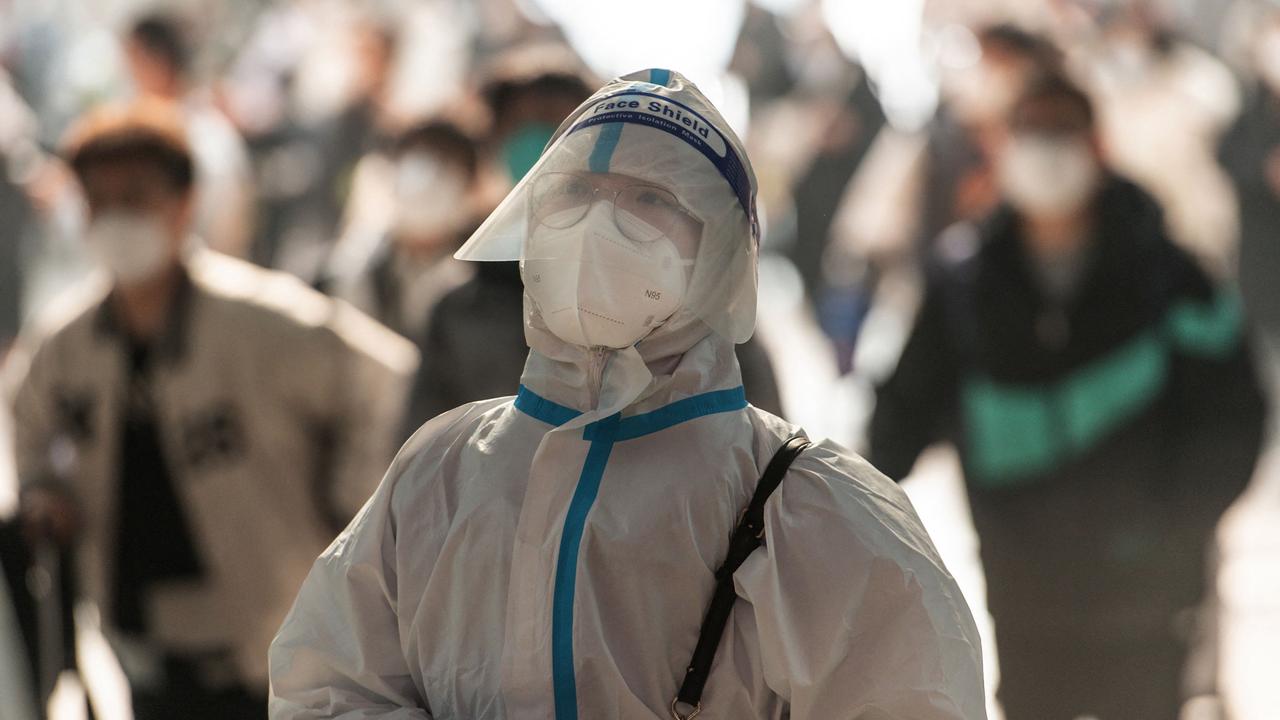Coronavirus: WHO releases criteria for lifting lockdowns as Europe begins easing restrictions
The World Health Organisation says there are six things that must happen before countries should start easing their lockdown measures.

The World Health Organisation (WHO) has released a simple set of criteria all countries should meet before they start lifting their lockdown measures.
It’s been almost four months since the novel coronavirus was first detected in China, and several countries are now beginning to see a drop in the number of new cases being reported every day.
It’s led some, such as Austria and Denmark, to start easing restrictions on shops, factories and travel.
But experts have warned lifting restrictions too quickly could result in a deadly resurgence of the virus and potentially prolong the devastating impact it’s had on the global economy.
“While COVID-19 accelerates very fast, it decelerates much more slowly. In other words, the way down is much slower than the way up,” WHO chief Dr Tedros Ghebreyesus explained on Monday.
“That means control measures must be lifted slowly, and with control. It cannot happen all at once.”
READ MORE: Follow the latest coronavirus updates
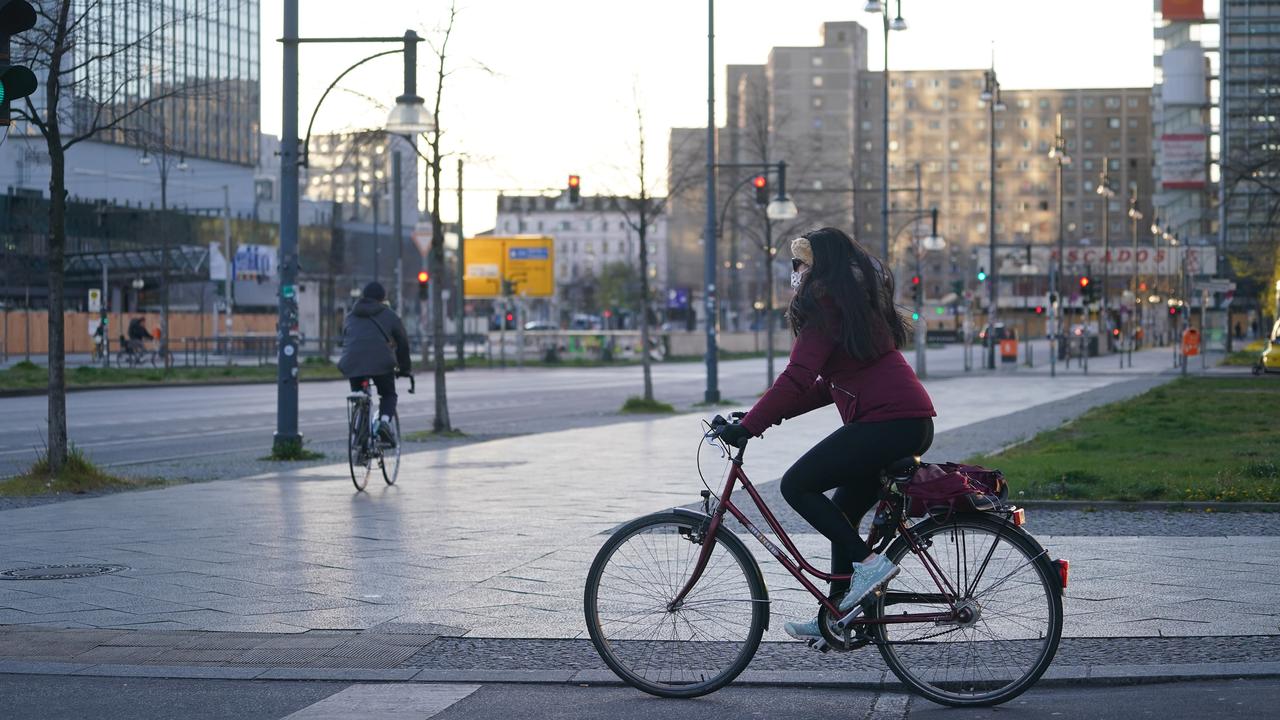
To help governments decide when to lift their confinement measures and allow people out of their homes, the WHO has devised the following set of six criteria they must aim to fulfil:
- Transmission is controlled
- Health system capacities are in place to detect, test, isolate and treat every case and trace every contact
- Outbreak risks are minimised in special settings like health facilities and nursing homes
- Preventive measures are in place in workplaces, schools and other places where it’s essential for people to go
- Importation risks can be managed
- Communities are fully educated, engaged and empowered to adjust to the ‘new norm’
“Each government must assess their situation, while protecting all their citizens, and especially the most vulnerable,” Dr Tedros said.
“Control measures can only be lifted if the right public health measures are in place.”
SHOULD EUROPE BE EASING RESTRICTIONS?
Europe was declared the new epicentre of the global coronavirus pandemic just one month ago.
Since December 31, the continent has reported more than 865,000 cases of the disease and more than 79,000 deaths – far more than has been reported in Africa, Asia and even America.
Yet several countries have already begun to lift restrictions, allowing some shopkeepers to return to work and schools and kindergartens to reopen.
On Monday, Germany appeared to be moving towards lifting restrictions in stages, while Austria said it would allow small businesses to reopen after the Easter break after sufficiently flattening its infection curve.
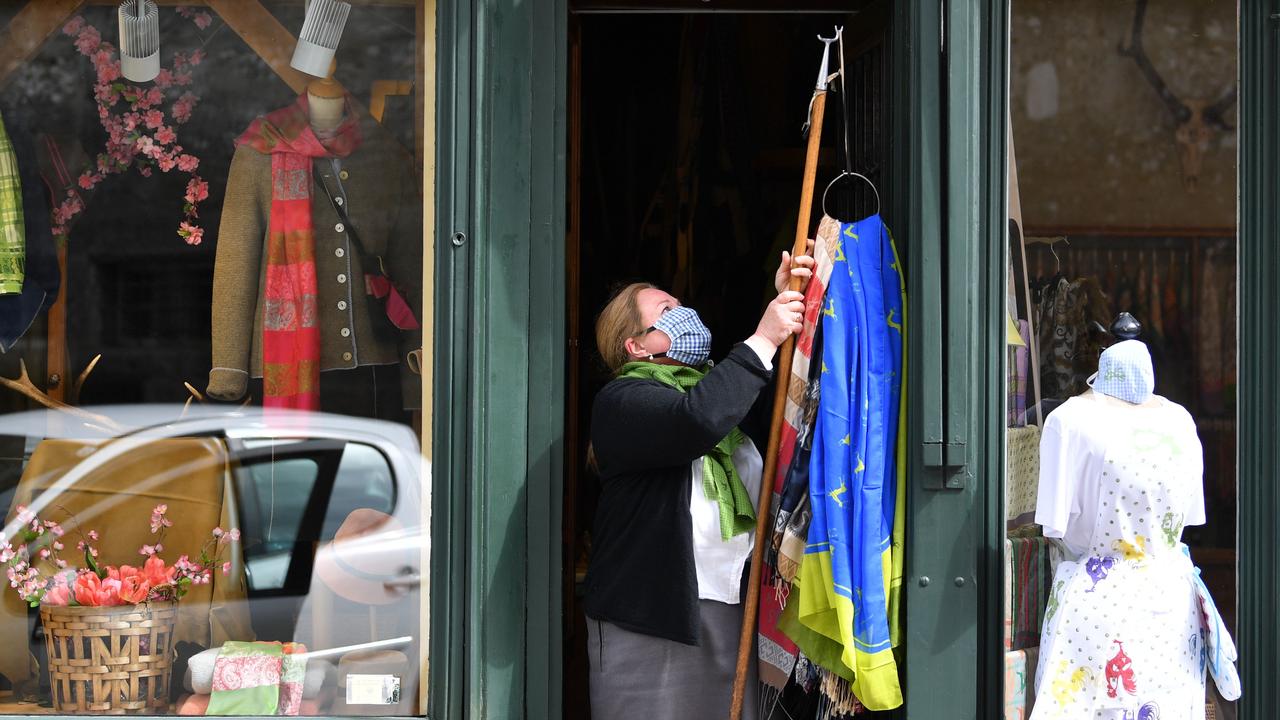
Denmark will reopen its day cares, kindergartens and primary schools from April 15, while the Czech Republic has already opened some shops.
Elsewhere in Europe, however, there are fewer signs that restrictions will soon ease.
Britain passed the grim milestone of 10,000 deaths on the weekend while France is expected to extend its lockdown for at least several weeks.
France’s National Health Service director Jerome Salomon said a slight decrease in intensive care admissions was a “pale ray of sunshine,” adding that “a very high plateau” seemed to be setting in.
RELATED: Tour de France officially postponed
“It’s not when we have arrived at a plateau that we should lift confinement measures which have helped avoid massive congestion in hospitals,” said Antoine Flahault, a specialist in public health and epidemiology at the University of Geneva. It must only happen “when we see a decline,” he told broadcaster France 2.
Jean-Francois Delfraissy, who leads the coronavirus science council advising the French government, said “we are not going to go from black to white, but from black to grey, with continued confinement”.
“We can start to discuss post-confinement, but the essential and principal factor is to pursue strict confinement for several weeks.”
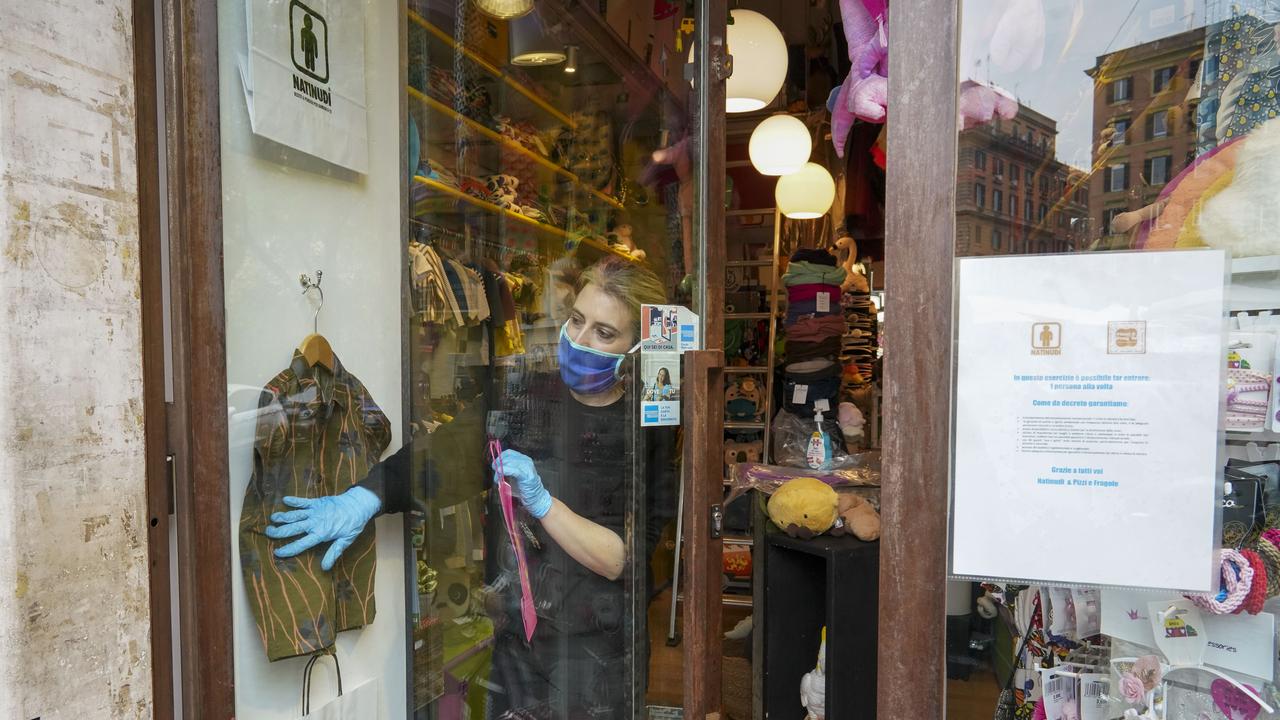
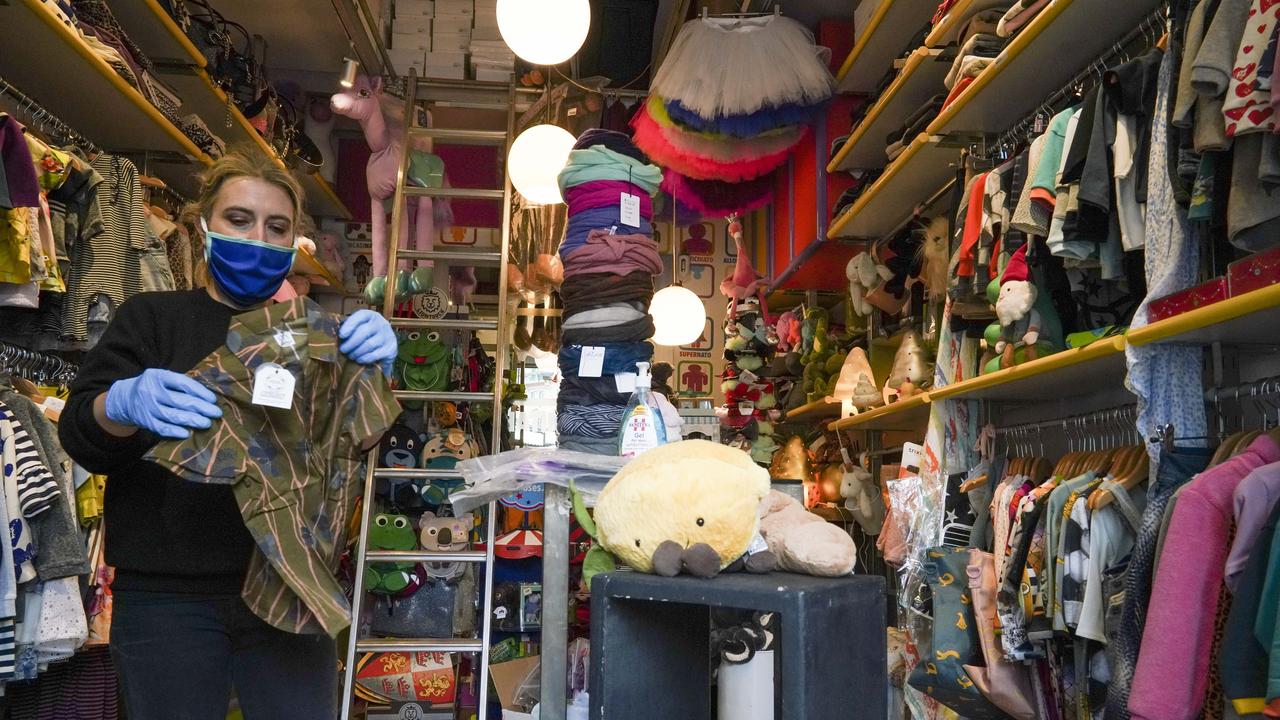
All eyes are now on the continent’s hardest-hit countries, Italy and Spain, which also seem to have reached a plateau with their daily death rates gradually falling.
Both countries have extended their lockdowns for several more weeks, though some rules have been relaxed.
In Italy, bookstores, stationary stores and shops selling baby clothes and supplies have been allowed to reopen, provided workers follow strict hygiene and social distancing measures.
Work has also resumed at some construction sites and factories in Spain.
But experts say it is not clear when Europe will be able to fully return to normal, and questions still remain over what impact summer will have on the virus.
Respiratory viruses are generally less prevalent in warmer months – flu season is in winter – but the coronavirus could behave differently.
“If there is no summer brake, then it will be more complicated” to lift confinement measures, Professor Flahault said.
-With wires


